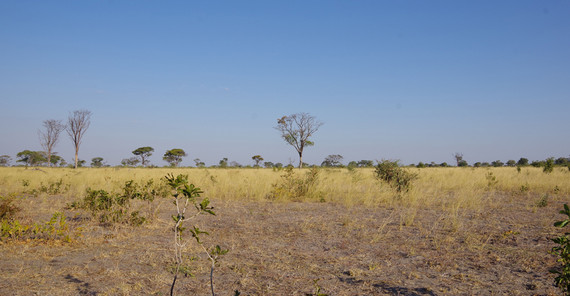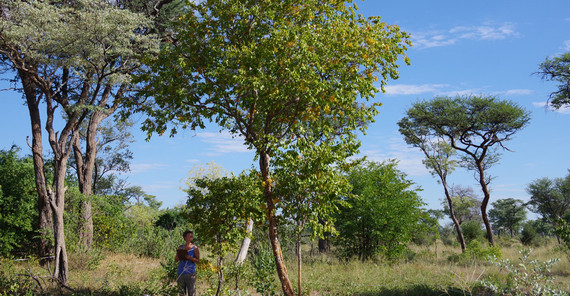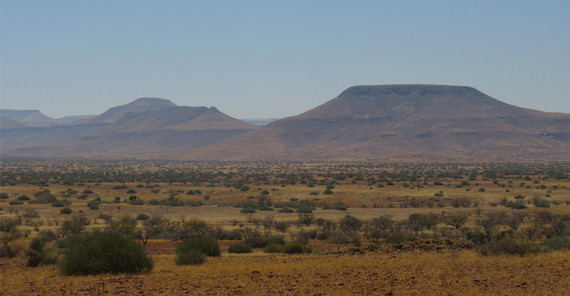Drylands cover 45% of the Earth’s terrestrial area and are home to a third of the global human population. They include sub-humid, semi-arid, arid and hyper-arid ecosystems such as the Mediterranean landscape, steppes, savannahs and deserts. These important zones are threatened by increases in aridity, grazing pressure and desertification. We need to understand how plants respond to such pressures before we can establish the possible future evolution of these fragile ecosystems in terms of their biodiversity and functioning.
To meet this urgent need, an international team of 120 scientists from 27 countries, among them ecologists from the University of Potsdam, has carried out the first worldwide investigation of the functional diversity of plants in arid zones. For eight years, the teams collected samples from several hundred selected dryland plots across six continents, enabling the analysis of over 1300 sets of observations of more than 300 plant species, a first on this scale.
The results, published in “Nature”, show that plants in arid zones adopt many different adaptation strategies and that, surprisingly, this diversity increases with aridity levels. The isolation of these plants in more arid zones would appear to have reduced competition between species, allowing them to express a diversity of forms and functions that is globally unique, displaying double the diversity found in more temperate zones.
This study reveals the importance of drylands as a global reservoir of functional diversity in plants. It provides a fresh lens through which to view plant architecture, the adaptation of plants to extreme habitats, historical plant colonisation of terrestrial environments, and the capacity of plants to respond to current global changes.
Publication: Gross, N., Maestre, F.T., Liancourt, P. et al. Unforeseen plant phenotypic diversity in a dry and grazed world. Nature (2024). https://doi.org/10.1038/s41586-024-07731-3



